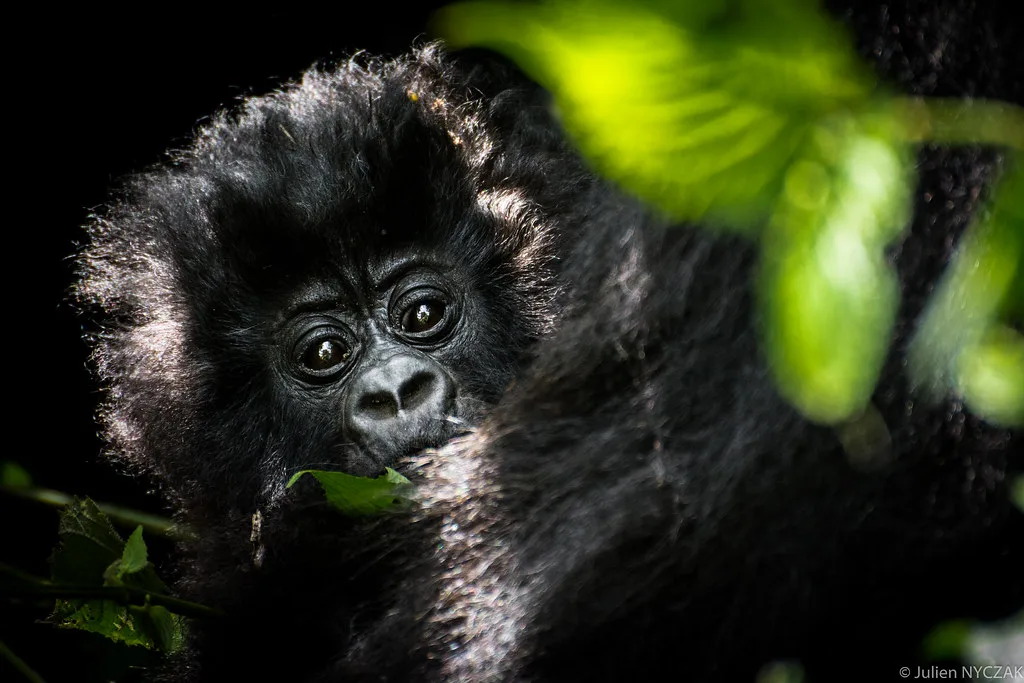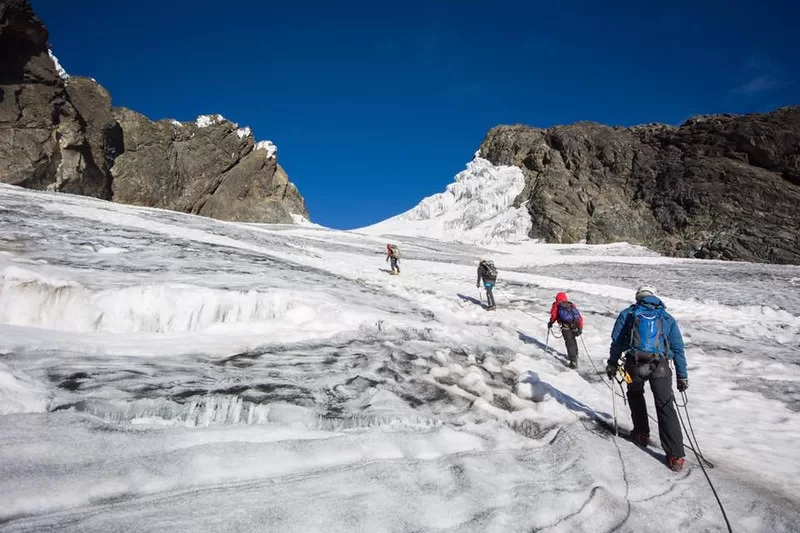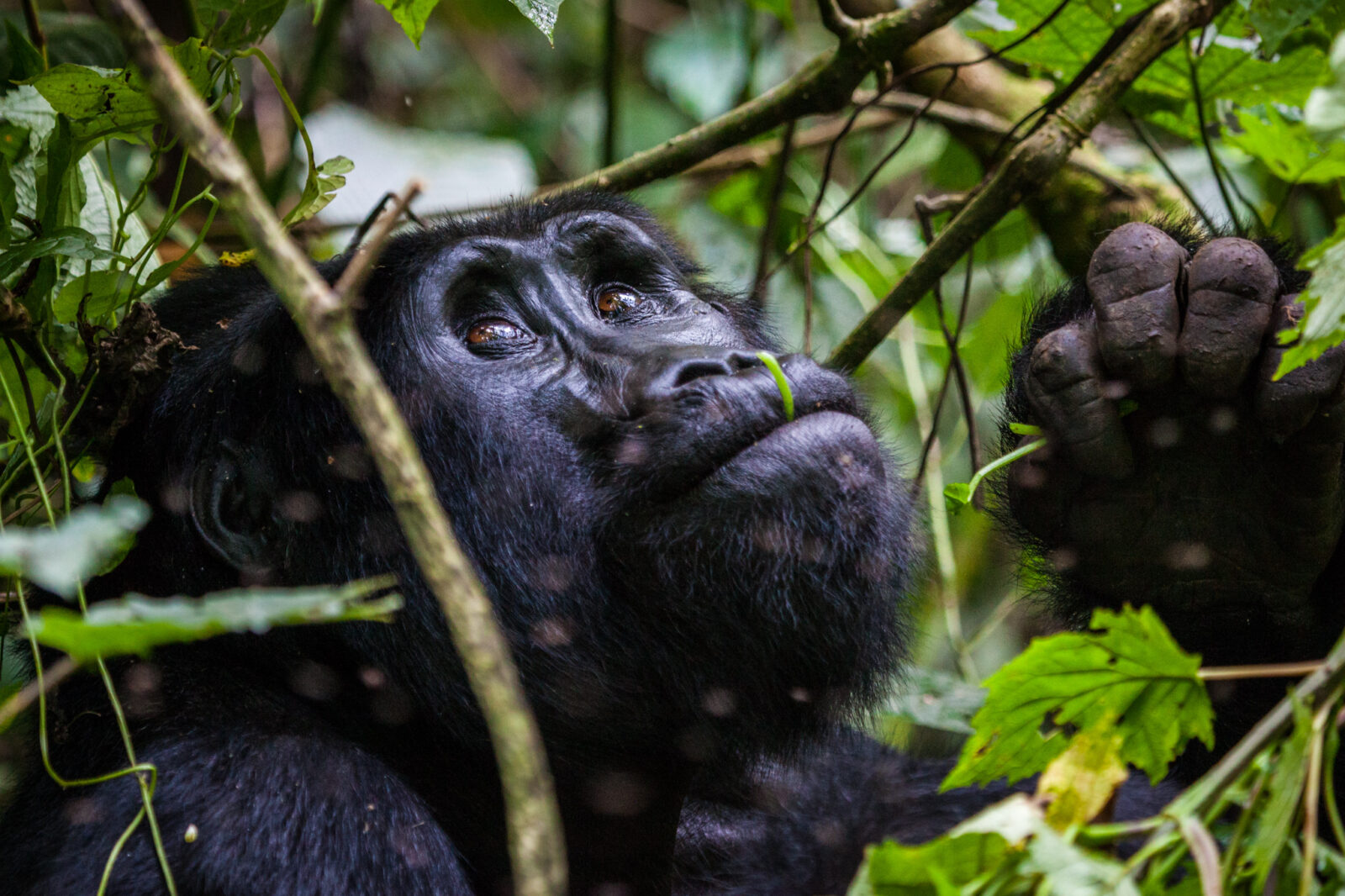How Do Mountain Gorillas Reproduce?
Mountain gorilla reproduction: Mountain gorillas, one of the most fascinating species of great apes, have a unique and intricate reproductive process that is crucial for their survival and conservation. Understanding how mountain gorillas reproduce helps in appreciating their complex social structures and the efforts needed to protect them. In this blog, we’ll explore the key aspects of mountain gorilla reproduction, including mating, gestation, and infant care, all while keeping it simple and engaging.
The Reproductive Cycle of Mountain Gorillas
Mountain gorilla reproduction is a fundamental aspect of their survival in the wild. The reproductive cycle begins with mating, which is influenced by the social structure of the gorilla group, also known as a troop. Each troop is led by a dominant silverback male, who plays a crucial role in the mating process.
Mating Behavior
Mating among mountain gorillas usually occurs during the dry season when food is more plentiful. Female mountain gorillas reach sexual maturity around 6 to 8 years of age, while males typically mature a bit later. When a female is in estrus (the period when she is fertile), she will signal her readiness to mate through specific behaviors, such as increased vocalizations and a more relaxed body posture.
During mating, the silverback male will compete with other males to mate with the female. The dominant silverback, who has established himself as the leader of the troop, usually has the first opportunity. However, other males may also mate with the female if given the chance. The mating process itself is relatively brief, but it is a vital part of mountain gorilla reproduction.

Gestation Period | Mountain gorilla reproduction
Once mating has occurred, the female mountain gorilla undergoes a gestation period of about 8.5 months. This is similar to the human pregnancy duration. During this time, the female will continue to interact with the troop, but she may become more reserved as she prepares for motherhood.
The gestation period is a critical time for the developing fetus. The female’s diet and overall health are essential for the proper growth of the baby gorilla. Mountain gorillas eat a varied diet of leaves, stems, fruits, and flowers, which provides the necessary nutrients for a healthy pregnancy.
Birth and Infant Care | Mountain gorilla reproduction
After approximately 8.5 months, the female mountain gorilla gives birth to a single infant, although twins can occur but are rare. The birth usually takes place in a secluded area of the forest to provide a safe environment for the newborn. The infant is born small and helpless, weighing around 4 to 5 pounds.
Immediately after birth, the mother begins to care for her baby with great attention. She cradles the infant in her arms, keeps it close to her body for warmth, and nurses it frequently. The bond between the mother and her infant is incredibly strong, with the mother providing all the necessary care and protection.
Infant Development | Mountain gorilla reproduction
As the infant grows, it becomes more active and begins to explore its surroundings. The mother gorilla continues to care for the infant, teaching it essential skills for survival, such as foraging for food and climbing trees. The infant remains dependent on its mother for several years, during which time it learns the social behaviors and skills needed to thrive within the troop.
Mountain gorilla reproduction is a vital aspect of their life cycle, ensuring the continuation of their species. By understanding how mountain gorillas reproduce, we gain insight into their complex social structures and the importance of conserving their natural habitats. Protecting these incredible creatures ensures that future generations will continue to thrive in the wild.
Mountain gorilla reproduction
In summary, mountain gorilla reproduction involves a detailed process from mating to infant care. By learning about their mating, gestation, and infant care, we can better appreciate the efforts needed to protect these magnificent animals and their habitats.
Understanding mountain gorilla reproduction not only enhances our knowledge of these great apes but also emphasizes the importance of conservation efforts. Protecting their habitats and supporting conservation initiatives are crucial steps in ensuring the survival of mountain gorillas for generations to come.
Contact us for more details about booking a gorilla trekking safari in Uganda and Rwanda.



